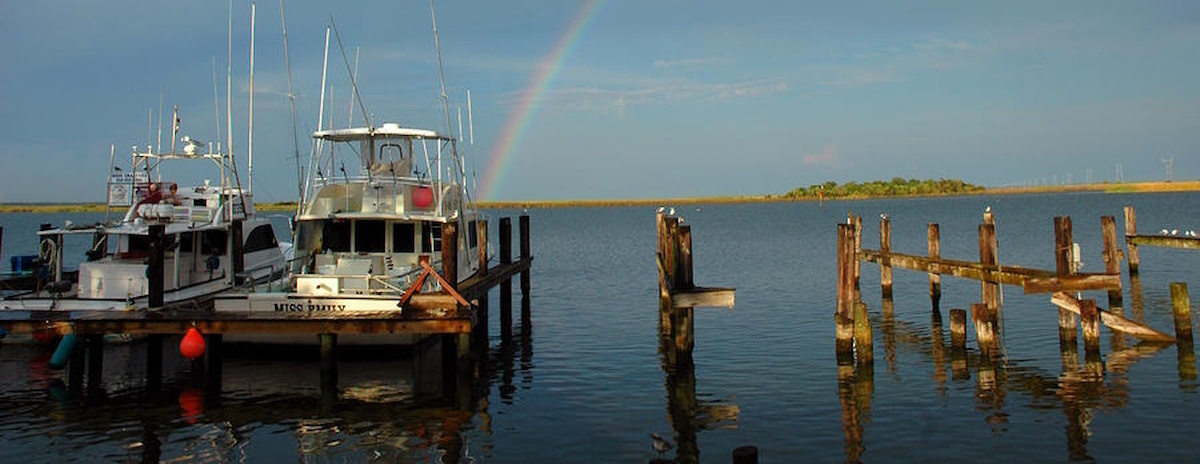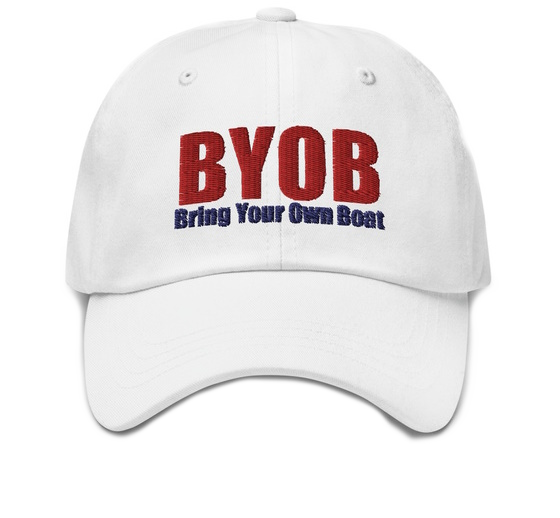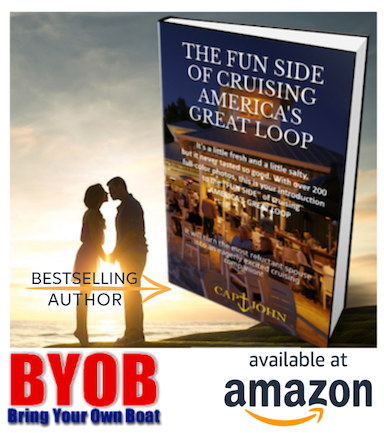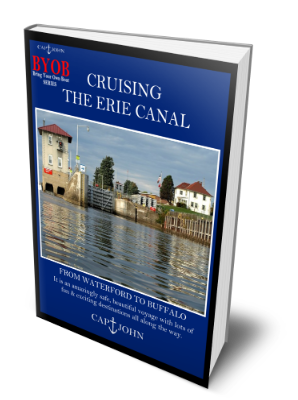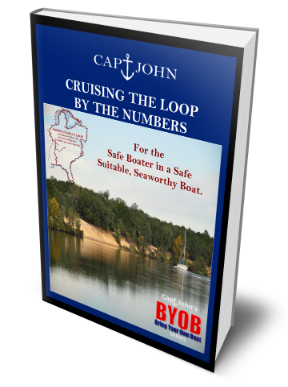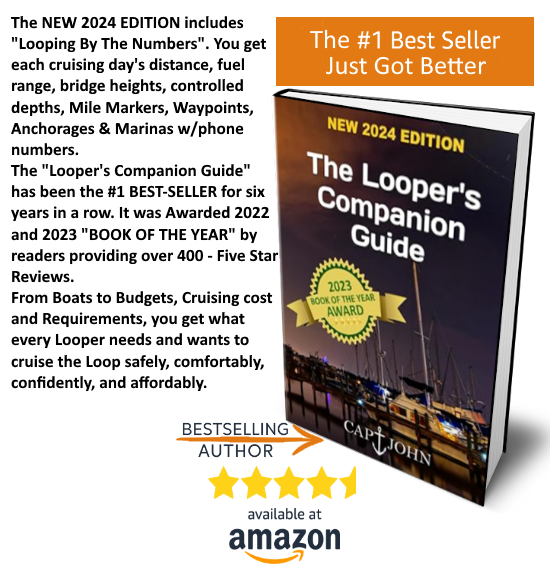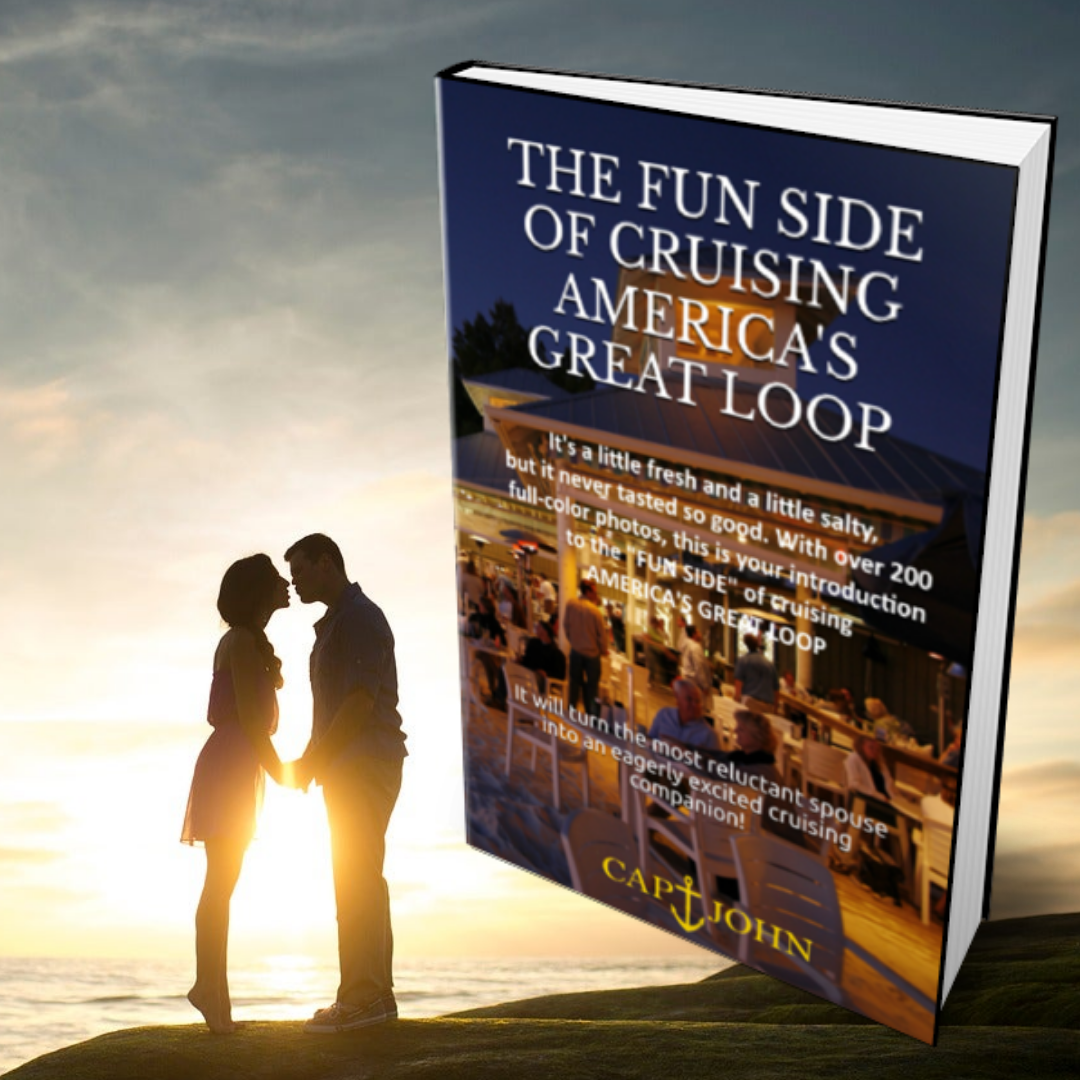How much does it cost? That is the #1 question on everyone’s mind, whether they admit it or not. Many potential and future Loopers ask that question right from the start. Some wait until the question doesn’t appear to mean so much – but it does. It is an important question to everyone, regardless the size of their bank account. While we believe this voyage can be affordable for most anyone, it is NOT cheap! It requires a respectable amount of money, and no one should attempt it without knowing they are able to complete it.
That was our mistake on our first voyage in 1971/72. While we thought we had more than enough to begin with, that 44′ twin engine “fuel breathing dragon” required so much fuel, it robbed us of all our ‘fun money’. As a result, the last 75% of our voyage, while exciting, was spent anchoring out the entire time, and saving all our money for fuel to get home. In the end, it inspired us to do it again, but in a much smaller more fuel-efficient vessel.
There are tons of ‘inexpensive’ good used boats on the used market. There are also ‘cheap’ boats on the market. We’re not talking ‘cheap’. You can find good quality boats, built by a company with a solid reputation for quality, and save thousands. There are lots of them that were built in the 60s, 70s, & 80s, and 90s that are still going strong. Unlike cars, on average most of these vessels (according to USCG stats), have been used less than 100 hours a year. That means there are 30-year-old ‘true trawlers’ with diesel engines out there with 97,000 fewer hours on their engine than those of a typical commercial fishing trawler being used today. I’ve made this voyage in nine different boats and never paid more than $36,000 for any of them. In 2001 my son & I bought a 30′ mastless sailboat for $3,000. We stripped & painted it, added new electronics, and motored it around the Loop on less than 950 gallons of fuel.
Since our third time around the Loop “Fun Money” has been our #1 biggest Looping expense. It is very reason for my “More Fun than Fuel” Looping philosophy. This is what allows us to spend more money on ourselves having fun, eating out and being a tourist, vs having to pour the bulk of our Cruising Kitty down our fuel tank and giving another Lion’s share of it to the marinas.
This voyage will take you to over a hundred incredible destinations. Most every single one of them and almost as many more between them, will tempt you off your boat to stop, shop, eat out, linger, and of course, that all cost money. Yes, there are tons of amazing ‘FREE THINGS’ to do on this voyage, but even the ‘free things’ have a way of costing money. We buy a souvenir, maybe a T-shirt or Ball cap, an ice cream, a soft drink, a cup of coffee, and probably stop for lunch or dinner. . . There are enough free things to do cruising the Great Loop – one could go bankrupt doing them all.


